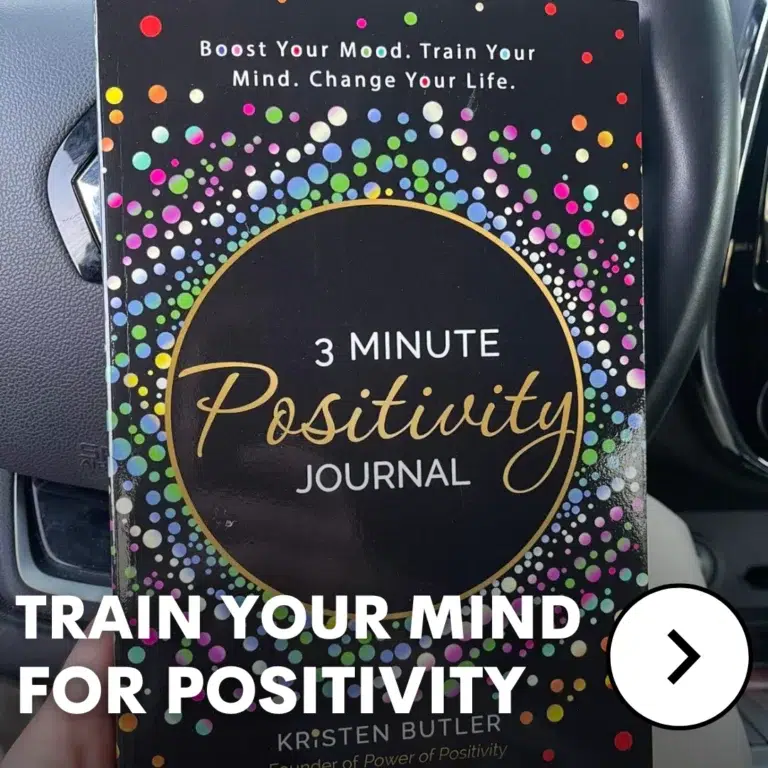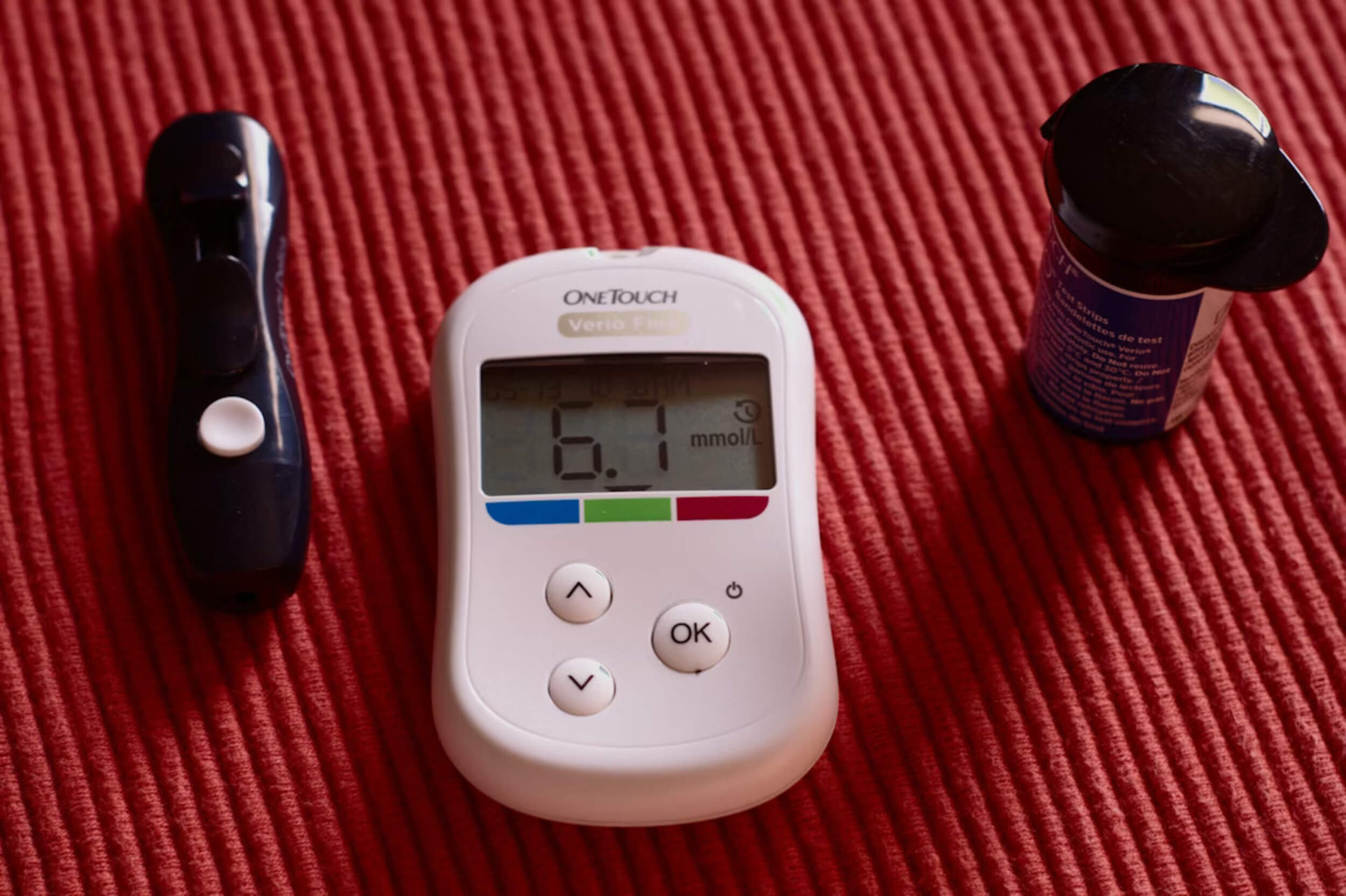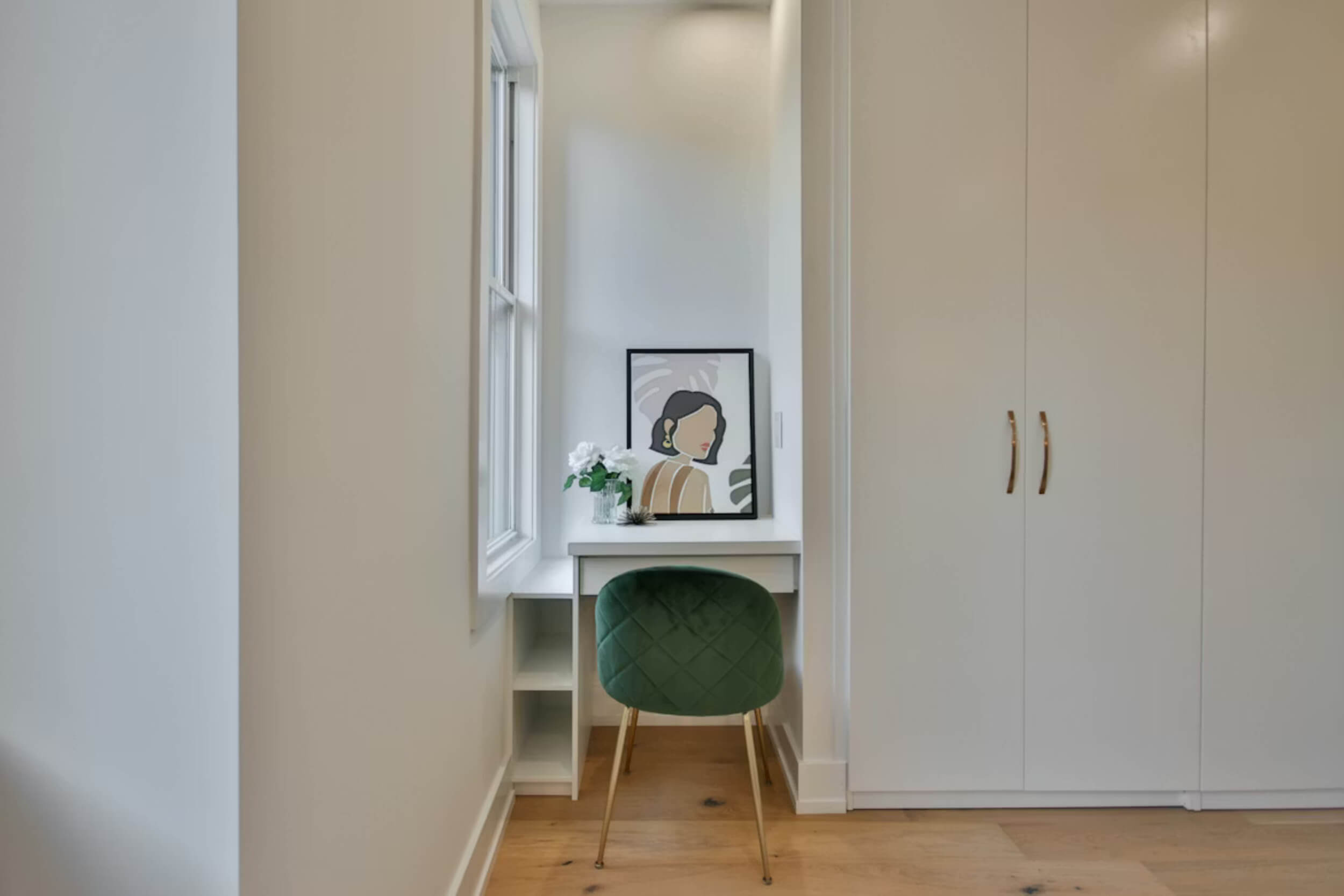Some days flow smoothly; others feel unpredictable. For families living with autism, having a daily rhythm can make a big difference. Structure helps children know what to expect and gives them a sense of safety in their world. A simple plan — like morning routines, mealtime schedules, or bedtime habits — can lower stress and bring calm to both parent and child.
Consistency also builds confidence. When children understand what’s next, they begin to trust themselves to handle it. Families start working as a team instead of rushing through each day in survival mode. Progress looks different for every child, and that’s okay — growth happens in small, steady steps.
Building strong daily routines is the first step to helping children thrive at home, in school, and in the community.
What Are Daily Life Skills?
Daily life skills are the everyday things that help a person live more independently — brushing teeth, preparing food, or handling money. For children living with autism, learning these skills step by step helps build confidence and self-reliance. These are often called “independent” or “adaptive” skills because they make daily routines easier and more predictable.
Some of the most important life skills include:
- Self-care: bathing, grooming, dressing, and eating independently
- Home skills: cooking, cleaning, organizing personal space
- Community skills: shopping, handling money, using transportation safely
Thinking skills also play a part — like planning, organizing, and making choices. These “executive” abilities guide daily decisions and help children understand what to do next.
Every child learns differently. Some may master one skill quickly and need more time for another, and that’s perfectly fine.
Once families know what to teach, the next step is finding how to teach it in a way that fits their child’s strengths and learning style.
Teaching Life Skills at Home
Home is the best place to teach life skills because it feels safe, familiar, and real. Every meal, bath, or morning routine becomes a chance to practice. Families living with autism can use a simple, step-by-step approach that makes learning feel natural and stress-free.
1. Assess the Skill
Start by figuring out what your child can already do and where they need a bit more help. Maybe they can put on their shirt but struggle with buttons — that’s where to begin.
2. Teach with Support
Show each step slowly, using short instructions or visual aids like checklists, picture cards, or even simple videos. Let your child watch you first, then try on their own.
3. Practice Regularly
Repeat the skill during daily routines. For example, making a sandwich can teach sequencing, patience, and pride in completing a task.
Progress might take time, but repetition turns effort into habit. Each mastered step builds the next.
Understanding your child’s abilities makes it easier to create lessons that fit real-life needs and lead to true independence.
Assessing Your Child’s Current Skills
Before teaching new routines, it helps to know what your child already does well. Observation is key. Watch how they manage tasks like dressing, eating, or playing — these everyday moments reveal hidden strengths.
Families living with autism can keep a short checklist or notebook to track progress. Write down what’s easy, what needs work, and what causes frustration. This makes it clear where to focus your time.
Professionals such as therapists or teachers can also use formal tools like skill inventories or behavior checklists. These help measure areas like:
- Personal care (hygiene, dressing)
- Home tasks (cleaning, organization)
- Communication (asking for help, using visuals)
- Safety awareness (understanding boundaries, crossing streets)
Identifying your child’s current abilities creates a clear roadmap for progress. It turns vague goals into small, reachable steps.
Once families know where their child stands, visual tools make teaching new habits easier and more effective.
Using Visual Supports for Daily Routines
Many people living with autism learn best when they can see what comes next. Visual supports turn words into pictures, helping children stay on track without feeling overwhelmed.
Helpful tools include:
- Picture schedules: show what happens during the morning, school day, or bedtime.
- Task checklists: list small steps for chores or hygiene routines.
- Visual timers: make it easier to understand how long a task lasts or when to switch activities.
Example: A “Morning Checklist” might include brushing teeth, washing hands, getting dressed, and eating breakfast — with small pictures beside each step.
Visual aids build confidence by showing children exactly what’s expected. They also reduce stress for parents since kids learn to follow routines on their own.
Once structure and visuals are in place, it’s time to work on specific habits that strengthen independence and daily confidence.
Ten Daily Life Tips to Build Independence
These ten practical habits can make everyday life easier, calmer, and more independent for families living with autism.
1. Strengthen Communication Skills
Communication is the key to independence. Whether your child uses speech, gestures, or devices like PECS or tablets, every effort matters.
- Respond with patience and encouragement.
- Support with pictures or symbols when needed.
- Give extra time to answer — silence can mean thinking.
Strong communication reduces frustration and builds trust between you and your child.
2. Use Visual Schedules Consistently
Consistency brings calm. Display a simple picture schedule for daily routines like morning prep or bedtime.
- Go through it together each day.
- Gradually encourage your child to follow it independently.
Predictable routines help reduce anxiety and teach responsibility naturally.
3. Build Self-Care and Hygiene Habits Early
Start small — washing hands, brushing teeth, combing hair.
- Add visuals or timers to guide each task.
- Praise effort, not just success.
Daily repetition helps these habits feel natural and boosts self-esteem.
4. Teach How to Ask for a Break
Everyone needs rest, especially when overwhelmed.
- Create a “quiet space” with calming tools like headphones or soft toys.
- Add a “Break” card, button, or picture to your child’s communication tools.
Learning to ask for a break helps children stay calm and in control.
5. Introduce Simple Household Chores
Helping at home builds pride and belonging.
- Start with small chores like setting the table or feeding a pet.
- Break the task into smaller steps with visuals.
Doing chores encourages independence and gives children a sense of contribution.
6. Practice Money and Shopping Skills
Handling money is a big step toward independence.
- Begin by sorting coins or identifying bills.
- During shopping, let your child hand money to the cashier or carry the receipt.
These real-life moments turn learning into confidence outside the home.
7. Teach Community and Safety Awareness
Safety comes first.
- Practice street crossing with real examples.
- Teach how to spot crosswalks and read stop signs.
- Carry an ID card with your child’s name and emergency contact.
Repetition builds awareness and reduces risk during community trips.
8. Support Emotional Regulation
Big emotions can be hard to manage.
- Use “emotion cards” to help your child name feelings.
- Encourage calming routines like deep breathing or sensory play.
Understanding emotions helps children express themselves instead of acting out.
9. Encourage Social and Play Skills
Social interaction teaches teamwork and understanding.
- Try simple games that involve turn-taking or sharing.
- Join local clubs or classes with supportive groups.
Every positive social moment builds confidence and connection.
10. Develop Leisure and Recreation Interests
Fun is just as important as learning.
- Focus on your child’s favorite activities — drawing, swimming, music, or puzzles.
- Include free time daily to relax and recharge.
Enjoyable activities improve mood, reduce anxiety, and give a sense of identity.
As children grow, their needs change. Adolescence brings new responsibilities, and personal care becomes a key part of independence.
Teaching Self-Care During Adolescence
Adolescence introduces new challenges like puberty and privacy. For families living with autism, it’s a stage that calls for patience and open conversation.
Create hygiene checklists with pictures or words showing each task — showering, using deodorant, or brushing hair. A “personal care kit” can help teens keep everything organized and within reach.
Talk openly about body changes and personal space. Keep the tone calm and positive so your teen feels safe asking questions.
Small, consistent routines make this transition smoother and less confusing.
True independence isn’t just about doing things alone — it’s also about having the confidence to speak up and make choices.
Encouraging Independence and Self-Advocacy
Giving children the freedom to make small choices builds lifelong confidence.
- Offer options like which clothes to wear or what snack to eat.
- Practice simple phrases such as “I don’t like that” or “I need help.”
Encourage older kids to share ideas when planning activities or setting goals.
These steps teach self-advocacy — an essential skill for adulthood. It helps children communicate their needs in school, work, or social settings.
Working closely with teachers and therapists keeps learning consistent across all parts of life.
Partnering with Teachers, Therapists, and Community Programs
Teamwork creates consistency. Professionals like occupational therapists, speech therapists, and teachers provide structure that complements home learning.
Families living with autism benefit most when everyone shares the same approach.
- Communicate often with your child’s teachers.
- Participate in community programs for practicing real-world skills like cooking or public transport.
- Ask therapists for take-home exercises that match daily life.
Collaboration ensures that progress continues everywhere — not just at home.
With steady support and clear teamwork, each small step leads to lasting confidence and independence.
Final Thoughts on Living Well with Autism
Progress may take time, but every small success matters. Each skill learned adds another layer of confidence.
Living with autism means focusing on strengths, celebrating effort, and creating routines that feel calm and predictable. Families grow together through patience and teamwork.
In the end, the goal isn’t perfection — it’s progress, peace, and pride in every small victory.














